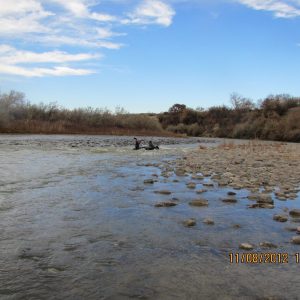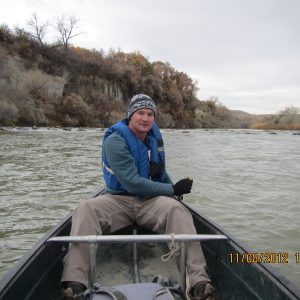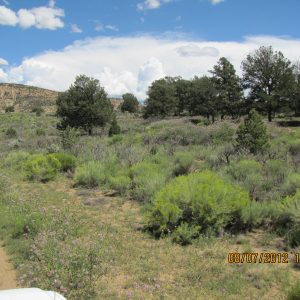It has been an amazing summer of exploring the southwest here in Farmington, New Mexico. When I think back to all the field work and weekend adventures we had, it’s easy to see why time passed so quickly! For a while we thought there would be a never ending drought and the seeds would never come, oh how we were wrong. We found a gold mine down in Cuba and were able to make a total of 45 collections throughout the summer and check out some breathtaking country there too. Cuba, NM looks like it hasn’t changed much since the 50’s and that’s exactly the way the people there like it. The wildflowers and trees were lush and green all summer long and we would go whole days without seeing another soul on the back roads.
Last Thursday was one of my favorite days of the internship so far, it has been great to end everything on a high note. Deidre and I were able to help the riparian coordinator, Sarah Scott, and the threatened and endangered species biologist, John Kendal, asses the health of the San Juan River here in Farmington. All summer we had made plans to get out and paddle the river outside of work, but other adventures just kept getting in the way. Running the San Juan with Sarah and John was so much better because of the wealth of knowledge they brought along. John was identifying every bird we passed and Sarah was showing us where and how the river had changed since the last Proper Functioning Condition assessment. We had some moments of excitement on some mini rapids but everyone made it to the takeout dry and unscathed.
- Our first mini rapid.
- The San Juan in November
- Huge patch of Cleome Serrulata in Cuba
As the season comes to an end, I would like to thank my mentor, Sheila Williams, for all the knowledge and support she passed on to us throughout my time here. It has been great to learn the local flora here on the Colorado Plateau as well as the inner workings of our busy office. Hopefully the future holds more exciting and fun jobs like this one!









